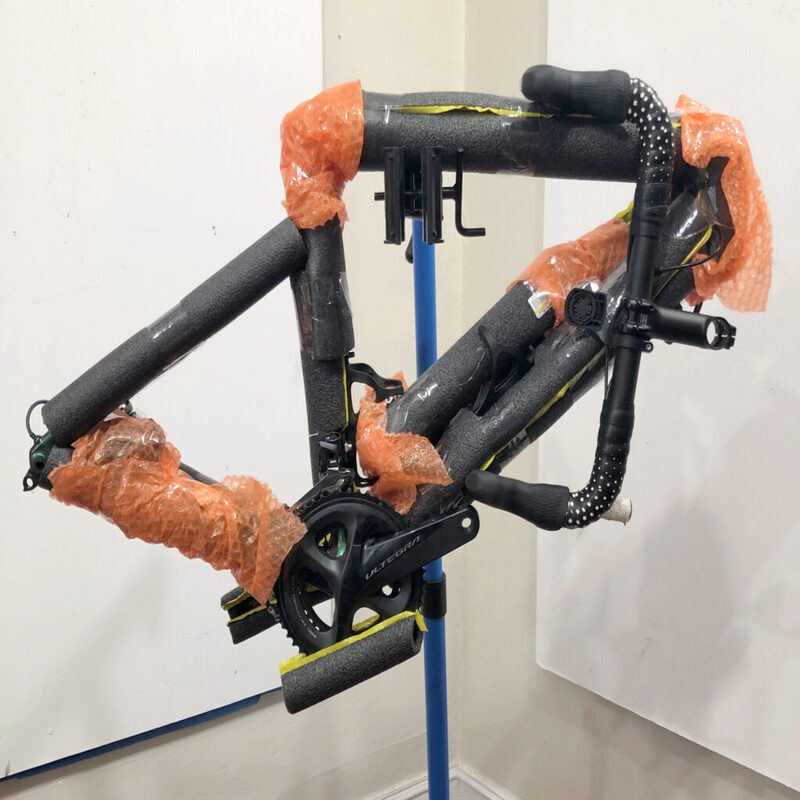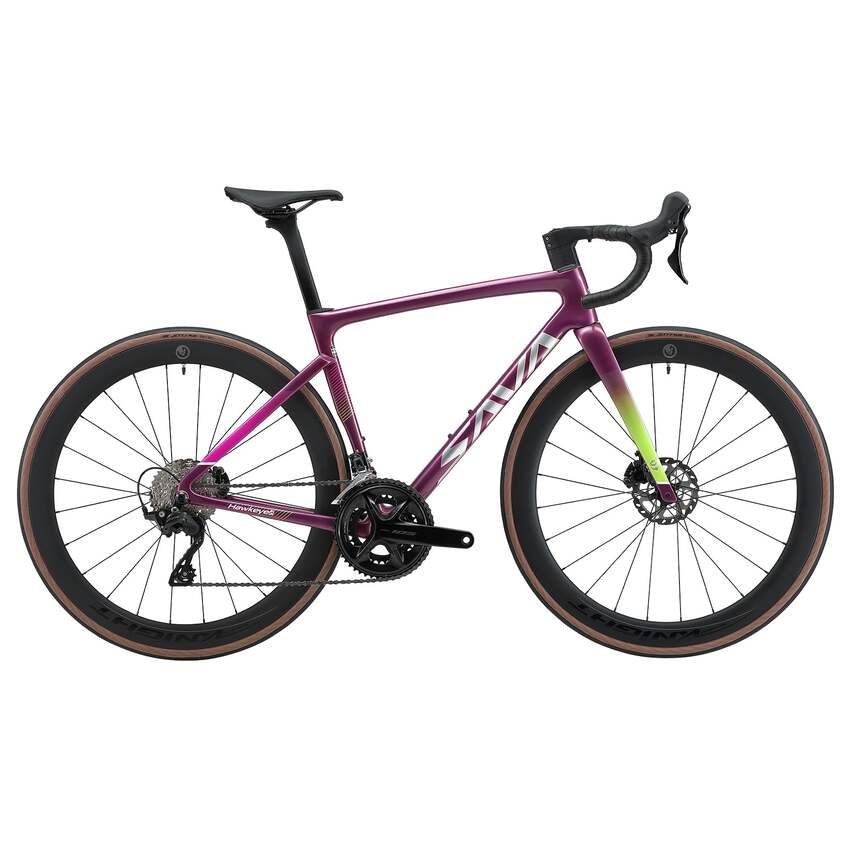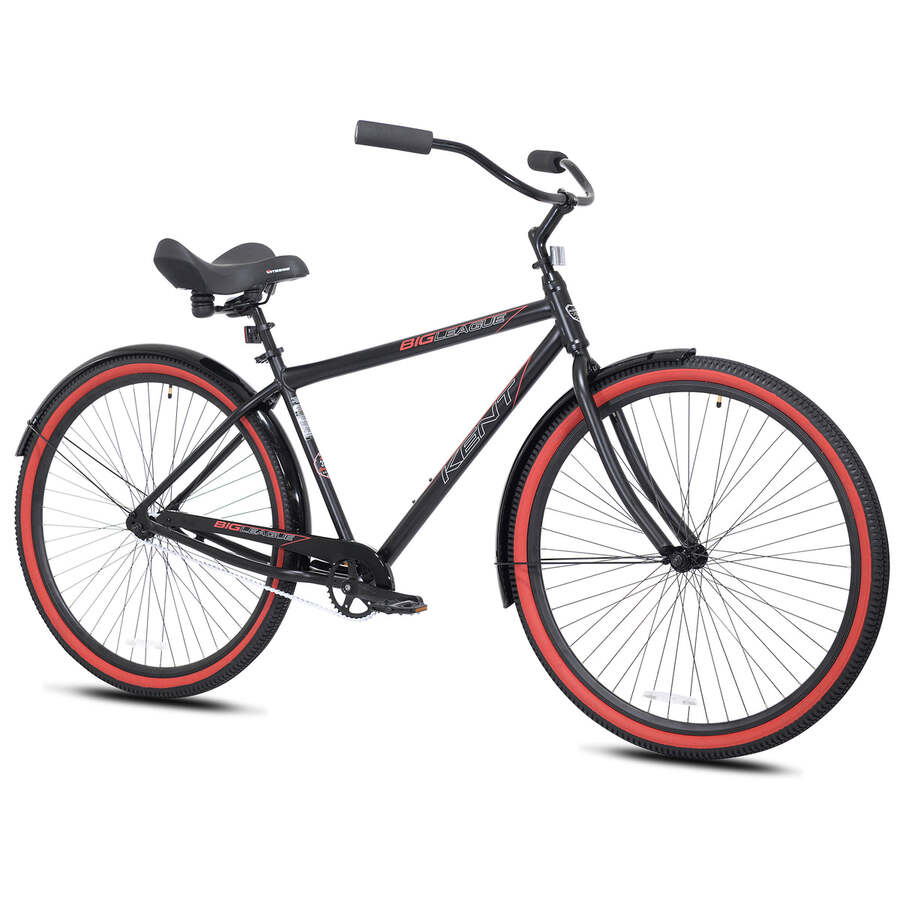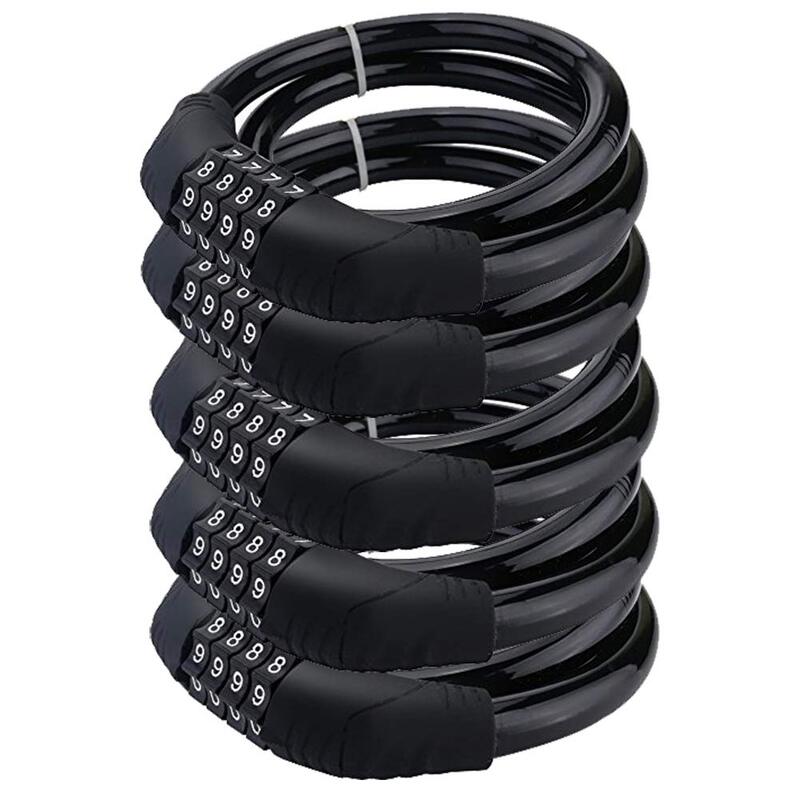Introduction to Bicycle Gearing
Bicycle gears are key to a smooth ride. They help you climb hills easier and ride faster without extra effort. How bike gears work? Gears move the chain around the sprockets, changing the resistance of your pedals. Whether you’re facing steep hills or flat roads, gears make pedaling more efficient. Remember, using gears well can prevent knee strain and keep your bike in good shape. To master gears, learn how bike gears work and when to shift. This will help you maintain a good pedaling speed and save energy. Always keep your gears clean for best performance. Stay tuned to learn more about derailleur gears, gear systems, and maintaining efficient cadence!
The Mechanics of Derailleur Gears
Understanding how derailleur gears function is essential for cycling efficiency. The cassette and rear derailleur bike gears work together to shift the chain across varying-sized sprockets. This change in sprocket size alters the resistance felt when pedaling. A larger sprocket makes climbing hills manageable, while a smaller one helps you accelerate on flat terrain.
The Role of the Cassette and Rear Derailleur
The cassette is a set of sprockets on the rear wheel. Each sprocket is a different size, providing a range of gears. The rear derailleur is a device that moves the chain from one sprocket to another. When you operate the gear shifter, the rear derailleur engages, guiding the chain to your chosen gear.
Understanding the Front Derailleur and Chainrings
The front derailleur bike gears work similarly to the rear but shifts the chain between the chainrings attached to the crankset. Chainrings offer significant changes in gear. Combining front and rear gear changes allows cyclists to fine-tune their riding effort. Smaller chainrings make pedaling easier, suitable for climbing. Larger chainrings require more force but increase speed, ideal for flat or downhill sections.

Types of Gear Systems on Bikes
Exploring different gear systems helps you find the best setup for your cycling needs.
The Simplicity of Internal Gear Hubs
Internal gear hubs offer a fuss-free experience with minimal maintenance.
The Innovation of Gearbox Bikes
Gearbox bikes centralize weight, improving bike balance and offering a unique riding dynamic.
Advantages of Electronic Groupsets
Electronic groupsets provide precise and consistent shifting, enhancing your ride quality.
Singlespeed and Fixed Gear Bikes
Singlespeed and fixed gear bikes, often called fixies, offer a unique cycling experience. The defining feature of these bikes is that they have just one gear ratio. This simplicity leads to several benefits and considerations.
The Appeal of One Gear: Simplicity and Maintenance
Singlespeed bikes come with a cog that can freewheel, allowing the bike to coast without pedaling. They are different from fixies, where the cog is fixed to the wheel. On a fixed gear bike, if the bike moves, the pedals move too. This direct connection gives a sense of greater control and a more intimate feel for the road. Due to their simple design, singlespeed and fixed gear bikes require less maintenance. They lack complex gear systems, so there’s no need for frequent gear adjustments or repairs. This makes them budget-friendly and a favored choice for city commuters.
The decision to ride a singlespeed or fixed gear bike also depends on the terrain. With no gears to change, the rider has to rely on pedal power alone to manage hills and speed. This can be a good workout, but may not suit everyone. Choosing the right gear ratio is key. A lower gear will help with hills but may limit speed on flats. A higher gear lets you go faster but can be tough on inclines. Riders often look for a balance that allows for efficient travel over their most common routes. These bikes are also popular for their stylish simplicity and have become a part of urban cycling culture.

Navigating gear shifters is essential for smooth cycling. Different bikes have varied types of shifters, each with their own operation method. Mastering these will help you maintain efficient pedaling and ride comfortably. There are mainly three types of shifters: trigger, grip, and thumb shifters. Each type suits different riding styles and bicycle designs.
How to Operate Trigger, Grip, and Thumb Shifters
Trigger shifters are commonly found on mountain and hybrid bikes. They have two levers; one to shift up, the other to shift down. You can use thumbs or fingers to activate them. Grip shifters are integrated with the handlebar and you twist them to change gears, reminiscent of a motorcycle throttle. Thumb shifters, although less common now, have a lever on the handlebars that you press with your thumb. It’s pivotal to get accustomed to the shifter type your bicycle has to ensure efficient gear changes.
Shifting Gears on Road Bikes
Road bikes usually have integrated brake and shifter levers, known as STI levers. These can be operated with a slight push of the lever sideways. Furthermore, electronic groupsets on some road bikes have simplified the shifting process. They use buttons or paddles to move the derailleur and shift gears, offering consistent shifting with less effort. Knowing how to shift gears properly on your road bike enhances riding efficiency and enjoyment.
Gear Ratios and Their Impact on Riding
Understanding gear ratios is key for a smooth bike ride. Gear inches measure how far you travel with each pedal rotation. Higher gear inches mean more distance per pedal but more effort too. Lower gear inches are easier on the legs, great for climbing hills. Knowing your gear range helps you choose the best gear for the terrain. Your bike’s speed changes with different gear ratios. Aim for a gear ratio that keeps your pedaling consistent. It’s all about finding the right balance for speed and comfort. Mastering gear ratios helps you ride more efficiently and with less fatigue. Keep this in mind for your next ride and see how it improves your performance.
The Art of Choosing the Right Gear
Choosing the right gear is crucial for a smooth and efficient ride. Whether you’re tackling hills or cruising on a flat terrain, knowing which gear to use can save you energy and keep your ride enjoyable. Here’s how to master the art of gear selection:
How to Decide on the Best Gear for Different Terrains
Begin with a lower gear when starting up or climbing. This reduces the effort needed to pedal. As you gain speed or the terrain flattens, shift to higher gears. Choose a gear that allows a comfortable pedaling pace. Keep pedaling as you shift to avoid stressing the bike. Avoid the highest gear on steep hills; it will make pedaling too hard. Similarly, don’t use the lowest gear when going downhill. This can cause you to pedal too fast and lose control. Practice makes perfect. The more you ride, the better you’ll get at choosing gears.
Remember, the best gear is the one that feels right for you and the terrain. Listen to your body and adjust as needed. With time, selecting the right gear will become second nature.

Maintaining Efficient Cadence with Gears
Efficient cadence is crucial for a comfortable ride. Gears play a vital role in this. They allow you to keep a consistent pedaling speed, or cadence, across different terrains. This reduces fatigue and maintains momentum.
Finding Your Ideal Cadence Range
Your ideal cadence range is personal. It generally lies between 70 to 100 revolutions per minute (RPM). This range suits most riders well. Experiment to find your own comfort zone. A bike computer can help track your cadence as you ride.
When to Shift Gears for Optimal Performance
Shift gears based on the terrain and how you feel. Start in a lower gear when climbing. Shift up as the hill eases or as you pick up speed. Before a stop, shift to an easier gear. This will make restarting smoother. Anticipate changes and shift early. This keeps you within your ideal cadence range.
Use your gears to maintain an efficient cadence. This will help you ride longer and feel stronger on your bike.
Drivetrain Maintenance Tips
Proper drivetrain maintenance is necessary for a smooth ride. Regular cleaning and care can extend the life of your bike’s components. Here’s how to keep your gears functioning at their best:
Keeping Your Gears Clean for Longevity
Keep your gears clean to prevent wear and tear. Dust, grime, and moisture can cause corrosion and friction. Use a soft brush and bike-specific cleaning products to remove debris. It’s best to clean your drivetrain after rides, especially in wet or dirty conditions. Wipe the chain, cassette, and chainrings with a clean cloth. Apply lubricant sparingly to the chain. Remember, a well-maintained drivetrain saves you money on replacements. Discover the mechanics of cycling with our guide on how bike gears work.



